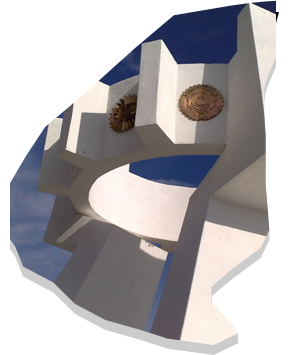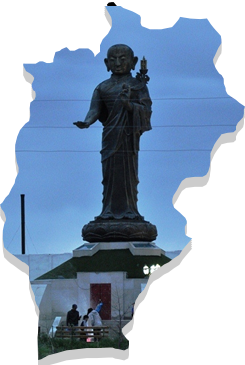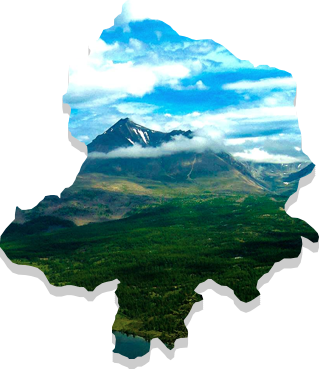he Arkhangai Province was originally established in 1923 under the name of Tsetserleg Mandal Uul Province, but was changed to Arkhangai Province in 1931. The province covers an area of 55,300 km2 and has an average altitude of 2,414 meters above sea level. The highest point is Kharlagtai Peak at 3,539m while the lowest point is the area on the confluence of the Orkon and Tamir rivers at 1,290 m.
The province is divided into three geographical zones: high mountain, forest steppe and steppe. It borders with Khuvsgul Province to the north, Bulgan Province to the east, Uvurkhangai Province to the south, Bayankhongor Province to the west and Zavkhan Province to the north-west. The province is an important area for tourism, with natural attractions including the Terkhiin Tsagaan Lake, Ugii Lake and the volcano landscapes Khorgo and Taikhar Chuluu.
The average annual temperature of Tsetserleg city is 0.10C, with a monthly average of -15.60C in January during the winter and 14.70C in July during the summer time. The Khangai mountains area has one of the highest precipitation levels in Mongolia, with average annual precipitation in Tsetserleg city of 344 mm. Average wind speed is 2.6 m/sec with a high of 3.5 m/sec in the month of April.





